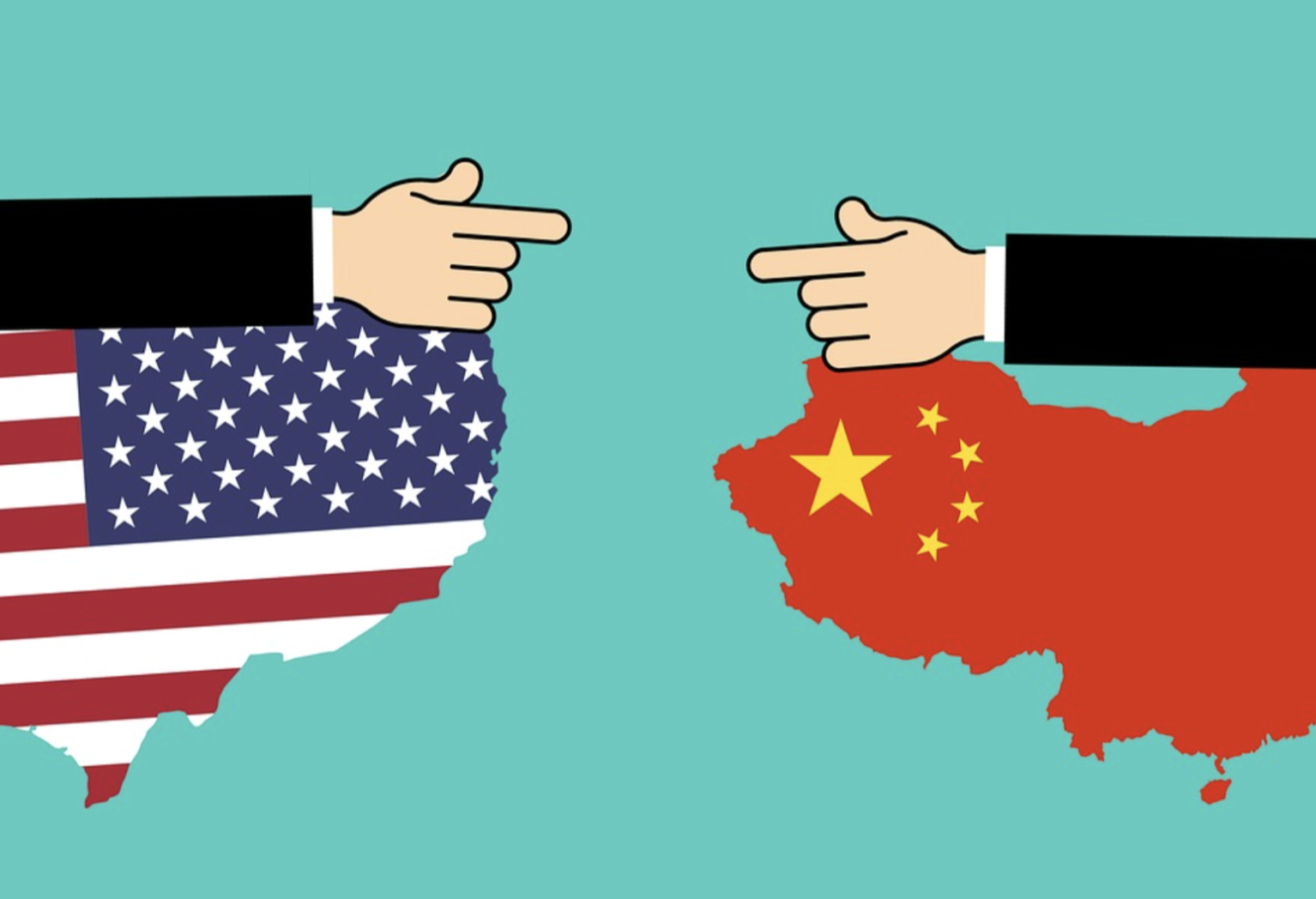
[객원 에디터 4기 / 한동민 기자] Tensions between the U.S. and China have intensified. In turn, governments and major organizations around the world have been increasingly distressed by the mounting tension between the two largest economies.
Though China faced a destructive period of decline after the Opium war in the 1800s, it began gaining political power during the early 2000s. It started to take control of the global economy and distributed its products globally at substantial rates, accounting for 28% of the world’s manufacturing output by 2018. In contrast, the U.S. produced only about 12% in the same year.
In the 2010s, the U.S. and China began to conflict on several trade issues. For instance, the U.S. trade deficit with China rose from 273.1 billion USD in 2010 to a new record of 295.5 billion USD by 2011. The U.S. and its allies contended that China’s quota violated international trade norms after the Chinese government imposed restrictions on exporting rare earth metals. Although the issue waned as then-President Barack Obama handled the situation with great effort, the incident marked the start of rising tensions between the two countries.
The situation aggravated further as Donald Trump became the 45th president of the U.S. and contacted Taiwanese President Tsai Ing-wen in 2016, causing China to question America’s commitment to the One-China policy. This conflict was only exacerbated as the Trump administration announced sweeping tariffs on Chinese products worth 50 billion USD in 2018. In response, China retaliated by imposing tariffs on more than five hundred U.S. products.
As a result of these economic conflicts, President Trump and Chinese Vice Premier Liu He signed an agreement in January 2020 to ease the tariff war. However, the outbreak of the Covid-19 pandemic in 2020 caused the quarrel between the two countries to resume and created new issues such as the Chinese government’s expelling of American journalists. In reaction, the U.S. ordered China to shut down its consulate in Houston, Texas in July of 2020, asserting that it was a hub of surveillance and intellectual property theft.
Recently, it was reported that the U.S. has shot down a balloon belonging to China. In a Pentagon statement, a senior U.S. defense official said that “while we took all necessary steps to protect against the PRC [China] surveillance balloon’s collection of sensitive information, the surveillance balloon’s overflight of US territory was of intelligence value to us. Although Chinese authorities have denied it is a spying aircraft, and instead said it was a weather ship blown astray, it is somewhat clear that China had secrete intention to remain wary of U.S.” Reacting to this incident, Taiwan’s foreign ministry stated, “The Chinese Communist Party government’s actions that violate international law and violate the airspace and sovereignty of other countries should not be tolerated in a civilized international community.”
It seems that the rising tensions between the two countries will not come to a halt. Although much media spotlight has focused on the situations in Afghanistan and Ukraine, it is crucial to closely follow developments in Sino-U.S. relations as it will likely become a greater danger to our society in the foreseeable future.
Sources: BBC, Council on Foreign Relations, The New York Times





